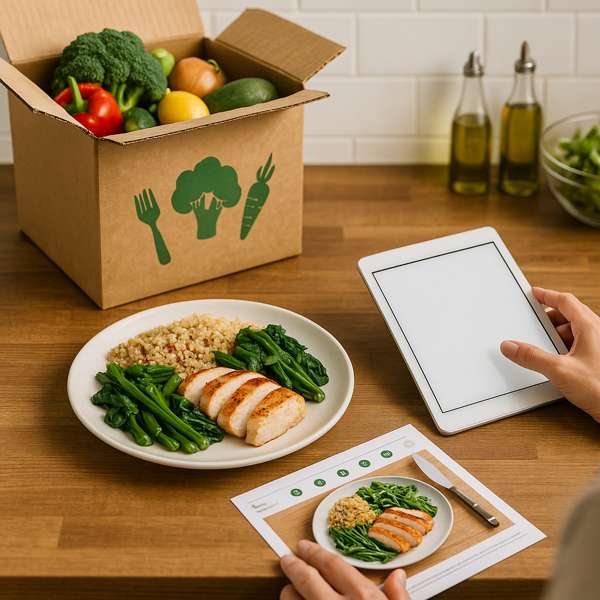
Losing weight is a priority for many people seeking a healthier lifestyle.
There’s no one-size-fits-all approach, but with the right strategies, anyone can make progress.
What Weight Loss Really Means
Weight loss happens when you burn more calories than you consume.
The key ingredients of fat loss are:
- Diet and nutrition
- Exercise routines
Together, these factors help your body shed fat.
Setting Realistic Goals
Your goal should be aligned with your lifestyle.
Ask yourself:
- What’s my target weight?
- What’s driving this goal?
- How can I track my progress?
Setting SMART (Specific, Measurable, Achievable, Relevant, Time-bound) goals helps you avoid discouragement.
What to Eat to Lose Weight
What you eat plays a major role in your weight loss journey. read more
Nutrition rules that work:
- Avoid overly processed snacks
- Use smaller plates if needed
- Stay hydrated
- Limit added sugars and refined carbs
The key is to create a sustainable way of eating.
Exercise and Activity
Exercise helps you build muscle.
Best ways to stay active:
- Increase heart rate and burn fat
- Build lean muscle mass
- Short, intense bursts of exercise
- Take the stairs, walk more, stay active
Consistency is more important than intensity — just keep moving.
Staying Motivated and Consistent
Weight loss takes time, and motivation may fluctuate.
Motivation tips include:
- Track your progress
- Join a support group
- Progress over perfection
- Visualize your future self
You may face plateaus or setbacks, but don’t quit — just adjust and keep moving forward.
What to Avoid on Your Journey
Being aware of these can help you stay on track.
Things to watch out for:
- Crash dieting or extreme calorie restriction
- Obsessing over the scale
- Focus on balanced, consistent meals
- These affect hormones and weight
Avoiding these mistakes will help you see better results.
Conclusion
It’s not about perfection, but sustainable change.
No matter where you start, the most important step is to believe in yourself.